New cars
AMG One Nürburgring Record

Doesn’t this car look immense! The AMG One has become the fastest road-legal production car to run around Germany’s famous track, the Nürburgring. The track is just shy of 21 kilometres long and is full of challenging corners with some scintillatingly quick straights thrown in for good measure.
The AMG One’s two-seat cockpit is accessed via doors that open up on the diagonal – forwards and upwards. The car’s seats are moulded into the structure of the car to save weight and are made of a magma grey nappa leather and black Dinamica microfibre. The backrest can be adjusted to two different angles. Despite the minimalist design, the AMG One comes with features like climate control, electric windows, an infotainment system, and a rear-view camera.
It is quite a car! The exterior looks stunning, with the exterior having an airbrush finish to it that features hundreds of little three-pointed stars – like on the current Mercedes Formula One cars. The car’s front wheels boast 19-inch rims, and the rear rims are 20-inch. The push-rod spring struts are aluminium and can be adapted to three settings: Comfort, Sport and Sport Plus. Anti-lock brakes, a three-stage stability control system, and a nine-stage traction control system all work in unison to keep the AMG One firmly in control and well-planted. Shod with the best Michelin Pilot Sport Cup 2R M01 tyres, there is a load of grip to be had.
The car’s ride height can be hydraulically dropped 37 mm at the front and 30 mm at the rear. A Drag Reduction System has been implemented into the design for reducing downforce by around 20%. The drag reduction works by closing the louvres over the front wheels and retracting the rear wing so that the car can accelerate to higher speeds more rapidly. This feature, of course, is deactivated automatically when the driver hits the carbon ceramic brakes or takes on a corner.
Designed with a carbon-fibre monocoque structure, the platform helps to reduce the weight and enhance the car’s stiffness. AMG has managed to keep the kerb weight of the AMG One down to below 1700 kg. A lot of special work has been done in the aerodynamics department. That’s why the AMG One has an active front splitter, a massive deployable rear wing, louvres that are visible over the top of each of the front wheels, and even a distinctive fin that runs down the backbone of the car. All of these important components are there to enhance the flow of the air over and around the car.
The AMG One has four electric drive motors, and Mercedes say that the car has an all-electric range of 18.1 km. Two of the electric motors (located at the front) also work a torque vectoring system across the front axle. When the ICE engine is running at the same time as the electric motors, the car is in full AWD mode. The ICE motor is a 1.6-litre turbocharged unit, derived from the 2015 Mercedes-AMG Petronas Formula One Team’s car. This engine runs alongside the MGU-K hybrid system, giving the AMG One a combined power output of 782 kW.
The AMG One’s official performance stats include a 0-100 km/h time of 2.9 seconds, a 0-200 km/h sprint time of just 7.0 seconds, and a top speed of 352 km/h.

Maro Engel was the car’s driver for the record lap time, and he was able to run the AMG One around the Nürburgring in a record time of 6 min: 35.183 seconds. This time is eight seconds faster than the previous record set last year by Lars Kern in a Porsche 911 GT2 RS MR. Maro mentioned that the track conditions weren’t ideal at the time the record was set, suggesting that the AMG One could definitely run the lap faster still with better track conditions.
Some More Exciting Mazda News
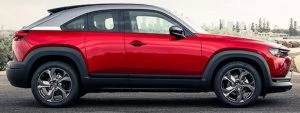
If you are anything like me, then you’ll be driving along the highway spotting the cars coming the other way. One of the snazzier brands out on the roads would have to be those from out of Mazda’s showrooms. Mazda’s great variety of models all look great and boast some striking modern designs. Even the new Mazda BT-50 ute, a very reliable workhorse, is looking pretty slick, and so too the family-oriented new Mazda 6 Sedans and Wagons. Mazda also offers a wide range of brand new SUVs with sharp looking exteriors and endearing interiors that are well-equipped. The small MX-30 is one of these SUVs, and it also has some cool new materials used inside the cabin – like the cork inlays that offset nicely against the premium leather trim.
Toyota, Mazda, Kia, and Hyundai sell the most cars in Australia; Toyota being out in front by a decent margin, with Mazda coming in at second place. For quite some time, in Australia, Mazda has been a popular vehicle to buy. Mazda’s 2022 sales of 43,687 are down 9% on this time last year, though Mazda retains its 2nd placing to Toyota’s 1st place for overall sales. Sales drops have occurred right across the market, thanks to the shortages of components and current logistical issues. Mazda had sold 101,119 vehicles in 2021, quite a large portion of the whole pie, considering all the brands that are available to buy new in Australia.
So, what’s some hot off the press Mazda news?
You may have noticed a tidy looking compact SUV running our roads the past couple of years. Mazda’s MX-30 is one of Mazda’s newer creations in recent times – gaining in popularity too. The little Mazda MX-30 has been a key model for Mazda in that this has been Mazda’s model of choice for bringing new technologies, hybrid motoring, and EV motoring into their modern fleet of vehicles that will also lead them in a new direction for future motoring.
As the direction of future transport trends toward cleaner engines and lower emissions, Mazda launched a series of mild-hybrid powertrains. We saw these first being used in the Mazda 3 and Mazda CX-30. The Mazda MX-30 provided a mild-hybrid engine, but Mazda also made available their brand new pure-electric drivetrain available for the MX-30. Designed purely for an emissions-free city commute, the Mazda MX-30 Electric uses its 107 kW to whistle up to 0-100 km/h in 9.7 seconds and up to a top speed of 140 km/h. The driving range proves to be over 175 km, a handy dollop of motoring before recharging needs to happen.
Some other new Mazda technology which will be implemented will be that of a new small rotary engine as a supplementary power source. With a NEDC (New European Driving Cycle) accredited range of 224 km, this will provide Mazda-buyers with another means of excellent low-emission city transportation.
Mazda’s approach to electrification is based on the customers’ demand for EVs, and the regional infrastructure available to support them. Within 5 years, Mazda hope to introduce a new hybrid system alongside more battery-electric models in their line-up of new vehicles. This is in response to the newer European emissions rules that come into effect.
Towards the end of this decade, Mazda’s entire line-up will offer fully electrified versions. One model that has been talked about as being another exciting Mazda EV will be the little MX-5’s progression into EV powering. Now that’s a tasty thought!
Carbon Fibre’s use in Cars
It may come as no surprise to you that the amazingly strong and lightweight material – carbon fibre – has been used in some of the high-end sports cars and racing cars. Cars like the Koenigsegg Agera, the McLaren Senna, Porsche’s 918 Spyder, the Ferrari LaFerrari, Alfa Romeo’s 4C, and BMW’s i8 use a carbon-fibre monocoque body shell in their design. Even BMW’s recent i3 EV city car boasts a carbon-fibre monocoque cell.
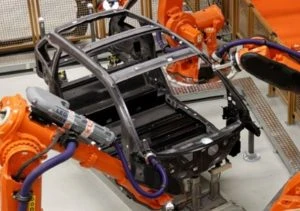
BMW i3
Of course, there are many pieces that make up a car’s whole, many of which there are components which can also be made up of carbon fibre, and these are actually more prevalent in different forms and measures throughout the motoring industry, particularly in high-end luxury cars. In some of BMW’s and Porsche’s latest premium cars, carbon fibre has been introduced in various arrangements within the vehicles’ body components. Obviously, the rarer the part, then it will have quite an expensive price tag attached.
Then there are multiple smaller workshops and larger businesses dedicated to creating special automobile parts and designs made from the composite material carbon fibre. Some of these components might be a certain air diffuser or spoiler to make the car look more aggressive or more aerodynamic. Some of these businesses even make carbon fibre interior wraps with a distinctive pattern to make an individual’s car stand out from the crowd.
So, what is carbon fibre?
A quick science lesson first to help us understand: Carbon is number six on the periodic table, and so the carbon atom consists of 6 protons, 6 neutrons, and 6 electrons. Two of the 6 electrons fill up an electron shell close to the carbon atom’s nucleus, while the other four electrons sit in a half empty electron shell around the outside. These electrons running about on the outside shell are known as valence electrons and are the key to carbon’s amazing and incredible properties. Any electrons in an atom’s outer shell are involved in taking part in forming chemical bonds. How many bonds these electrons are involved with depend on how much room there is in the outside shell. What makes carbon so amazing is that it has got space for four other electrons to make its outer shell full. This attribute makes carbon a four-way connector that can link atoms together.
A polymer is any material that is made of long, repeating chains of molecules. So, carbon can build up straight chains of carbon atoms, carbon chains with branches, and even carbon chains that are joined end to end to make loops! So, a carbon polymer is made up of chains and chains of carbon molecules that are linked up in a scaffolding-type structure. Carbon can bond to itself, but, when it doesn’t, the end of the carbon chains can terminate with other elemental atoms. For example, a carbon chain can finish up with a small hydrogen atom, which makes these chains slippery like in oils. Carbon chains can also connect to other groups of elements, making them a specific ‘functional group’, each group having a different chemical property.
Graphite is a crystalline form of the carbon element. Individual layers of graphite are some of the strongest structures that we know about in the universe. Carbon fibre material is made up of individual layers of graphite, which on their own are quite slippery. Carbon-fibre-reinforced polymer (CFRP) composites (also known as carbon-fibre laminates) are made up of woven layers of nearly pure carbon fibres that are bonded together by a hardened plastic like an epoxy resin. CFRP composites are therefore extremely strong and stiff.
A stretched carbon fibre is up to five times the strength of steel, as durable as steel, but only a quarter of steel’s density. Being this strong and much less dense than steel makes carbon fibre a lighter and stronger material than steel. On top of being extremely strong and lightweight, carbon fibre is also high in chemical resistance, has a high stiffness, has low thermal expansion, has a low weight to strength ratio, and is tolerant of excessive heat. These are the reasons why carbon fibre is so sought after in the motor racing arena and in high-grade luxury sports vehicles? These amazing properties make carbon fibre a very popular material for use in aerospace, military, recreational, as well as in automotive industry applications.
As CFRPs become more readily available, the trickle down effect will see it being more and more a part of a new mainstream motor vehicle, EVs included.
New Utes and Vans
There are now lots of vehicles for sale that are well-suited for serving in many different roles in all sorts of Trades throughout Australia. Whether you’re an electrician, a builder, a plumber, a gardener, a boat builder, a florist, a baker, a butcher, etc., – the list just goes on – there is a load of new vehicles available on the market that will aptly serve your business and recreational needs.
Let me take you through them. I’ll make it easy for you and list them in two categories: Vans and Utes. In both categories the vehicles are listed in ascending order of price. That will make it easier to see which of the vehicles may fit into your price range and budget.
Vans

LDV G10 (≈$36–38k)

LDV V80 (≈$36–45k)
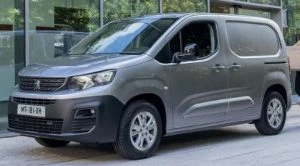
Peugeot Partner (≈$40–45k)
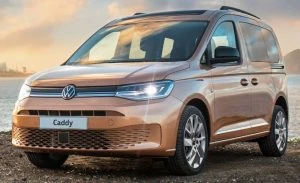
Volkswagen Caddy (≈$40–51k)
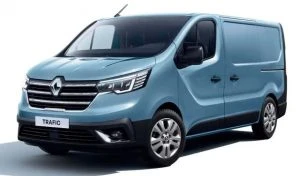
Renault Trafic (≈$44–61k)
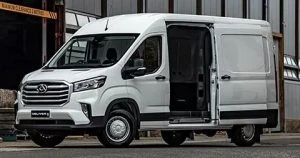
LDV Deliver 9 (≈$45–50k)
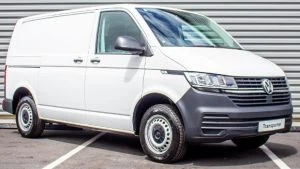
Volkswagen Transporter (≈$47–66k)
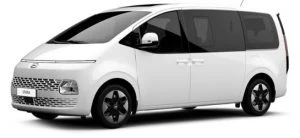
Hyundai STARIA LOAD (≈$48–54k)
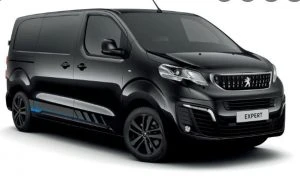
Peugeot Expert (≈$48–58k)
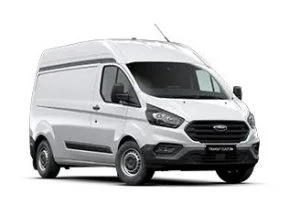
Ford Transit Custom (≈$49–60k)
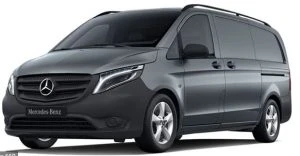
Mercedes Benz Vito (≈$49–79k)
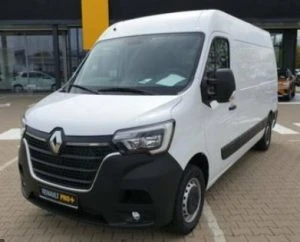
Renault Master (≈$53–64k
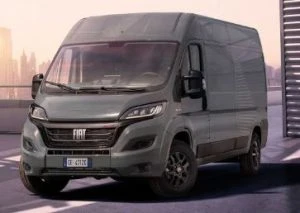
Fiat Ducato (≈$53–66k)
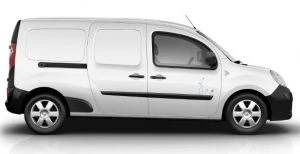
Renault Kangoo Van Maxi Z.E (≈$55k) Electric Van
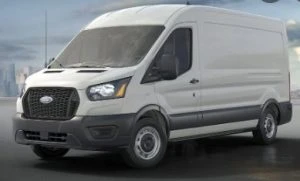
Ford Transit (≈$58–68k)
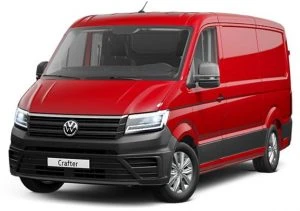
Volkswagen Crafter (≈$60–160k)
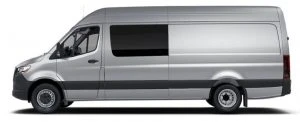
Mercedes Benz Sprinter (≈$66–91k)
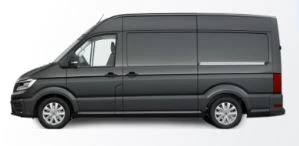
Volkswagen Crafter 50 (≈$73–82k)
Utes
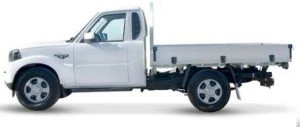
Mahindra PIK-UP Light Truck S6+ (≈$26–30k)
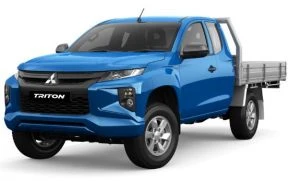
Mitsubishi Triton Cab Chassis (≈$28–47k)

Toyota Hilux Cab Chassis (≈$28–64k)
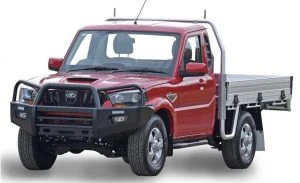
Mahindra PIK-UP Cab Chassis (≈$34k)
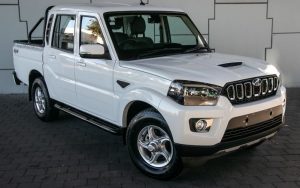
Mahindra PIK-UP Ute (≈$35–42k)
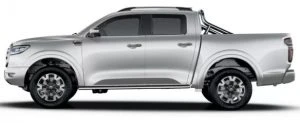
GWM Ute Double Cab (≈$35–45k)
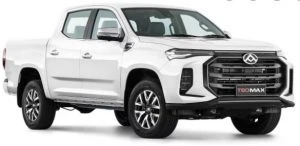
LDV T60 Double Cab(≈$36–43k)

SsangYong Musso Ute ($36-47)
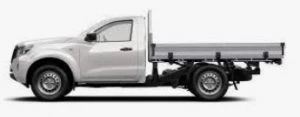
Nissan Navara Cab Chassis SL (≈$36–52k)

Isuzu D-MAX Cab Chassis (≈$37–65k)
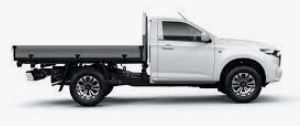
Mazda BT-50 Cab Chassis (≈$38–61k)
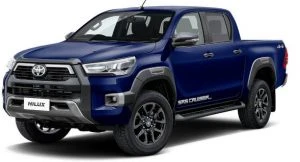
Toyota Hilux [Single and Double Cab] (≈$38–76k)
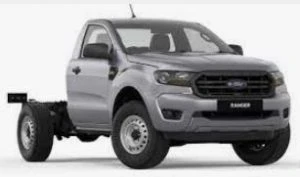
Ford Ranger Cab Chassis (≈$40–67k)

Mitsubishi Triton Ute Double Cab (≈$42–64k)
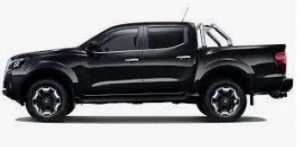
Nissan Navara Ute Double Cab (≈$44–76k)
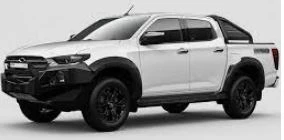
Mazda BT-50 Double Cab (≈$47–76k)
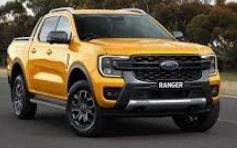
Ford Ranger Ute (≈$47–91k)

LDV Deliver 9 Cab Chassis (≈$48k)

Isuzu D-MAX Double Cab (≈$49–73k)

Volkswagen Amarok (≈$51–88k)

Ford Transit Cab Chassis (≈$60–64k)
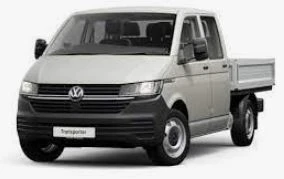
Volkswagen Transporter Light Truck (≈$60–69k)
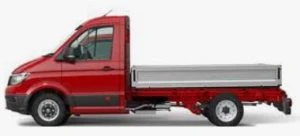
Volkswagen Crafter 50 Cab Chassis (≈$69–75k)
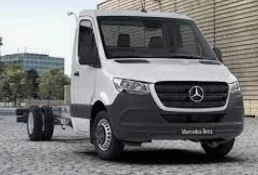
Mercedes Benz Sprinter Cab Chassis (≈$74–83k)

Toyota Landcruiser Cab Chassis (≈$74-88k)

Jeep Gladiator Ute (≈$79–88k)
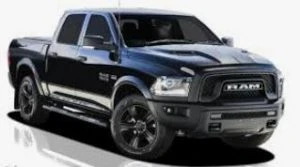
RAM 1500 Ute (≈$89–209k)
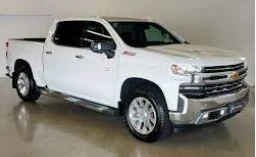
Chevrolet Silverado (≈$107–145k)
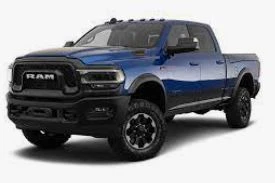
RAM 2500 Ute (≈$172–177k)
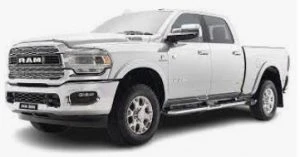
RAM 3500 Ute Laramie Double Cab (≈$177k)